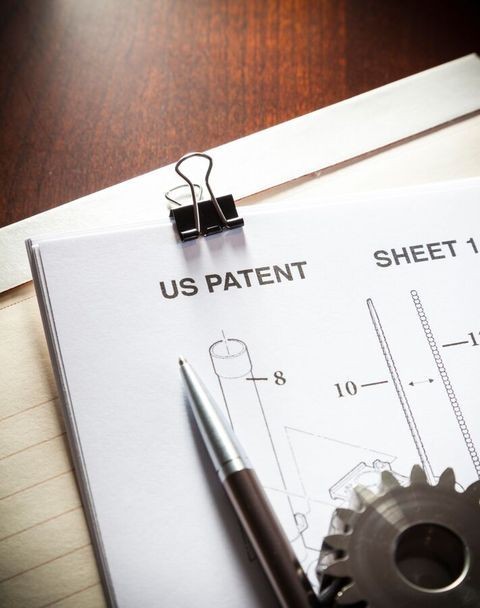Letter to Agency About Solicitation Requirement Creates Pre-Award Timeliness Trap
Client Alert | 2 min read | 02.08.22
Contractors that encounter problematic solicitation provisions have many avenues to address them, such as industry days, questions and answers, and even communications directly with an agency. However, the recent Government Accountability Office (“GAO”) decision in Science and Technology Corporationserves as an important reminder that contractors must be thoughtful about when and how they communicate directly with an agency. Depending on the specific content of their communications, contractors can unwittingly create a timeliness trap that will shorten their deadline to file a GAO protest.
On September 13, Science and Technology Corporation (“STC”) sent a “letter of concern” to the National Oceanic and Atmospheric Administration (“NOAA”) expressing dissatisfaction with a key personnel requirement in a particular solicitation, and requesting that the requirement be amended. NOAA responded the next day, denying the request and noting that the requirement was “an important aspect” of the solicitation.
On October 1—which was 17 days after NOAA’s rejection, but still prior to the due date for receipt of proposals—STC filed a pre-award protest at GAO challenging the solicitation requirement. Ordinarily, a pre-award protest challenging solicitation requirements is timely so long as it is filed before the deadline for receipt of proposals. See 4 C.F.R. § 21.2(a)(1) (“Protests based upon alleged improprieties in a solicitation which are apparent prior to bid opening or the time set for receipt of initial proposals shall be filed prior to bid opening or the time set for receipt of initial proposals. . . .”). However, GAO dismissed STC’s protest as untimely, concluding that STC’s September 13 letter constituted an agency-level protest, and holding that STC was required to protest at GAO no later than 10 days after NOAA’s September 14 rejection. See 4 C.F.R. § 21.2(a)(3) (“If a timely agency-level protest was previously filed, any subsequent protest to GAO must be filed within 10 days of actual or constructive knowledge of initial adverse agency action. . . .”).
As support for its decision, GAO cited Coulson Aviation, in which GAO stressed that a written statement to an agency may constitute an agency-level protest where it includes (i) an expression of dissatisfaction with an agency action, and (ii) a request for relief. GAO made clear that the substance of the communication is the relevant consideration—thus, a communication may be held to be an agency-level protest even where the protester did not actually intend it to be an agency-level protest (or potentially even if the protester went further to expressly state in the communication that it did not consider its communication to be an agency-level protest).
Relying on Coulson, GAO concluded that STC’s letter constituted an agency-level protest because STC “clearly expressed dissatisfaction” and requested relief through a revision of the solicitation’s key personnel requirement. GAO also found that NOAA’s response on September 14 constituted adverse agency action because the agency disagreed with STC’s request and indicated that it would not amend the solicitation. As a result, GAO dismissed STC’s October 1 protest as untimely.
This decision is an important reminder that GAO may construe a contractor’s communications with an agency as an agency-level protest—no matter the contractor’s intent—which can then shorten the contractor’s deadline to file a pre-award GAO protest.
Contacts
Insights
Client Alert | 3 min read | 11.20.25
Design patents offer protection for the ornamental appearance of a product, focusing on aspects like its shape and surface decoration, as opposed to the functional aspects protected by utility patents. The scope of a design patent is defined by the drawings and any descriptive language within the patent itself. Recent decisions by the Federal Circuit emphasize the need for clarity in the prosecution history of a design patent in order to preserve desired scope to preserve intentional narrowing (and to avoid unintentional sacrifice of desired claim scope).
Client Alert | 3 min read | 11.20.25
Client Alert | 6 min read | 11.19.25
Client Alert | 4 min read | 11.18.25
DOJ Announces Major Enforcement Actions Targeting North Korean Remote IT Worker Schemes






